Rosanne Welch, PhD, Author of Why The Monkees Matter, presents “How The Monkees Changed Television” at a Cal State Fullerton Lunch Lecture on May 8, 2018.
In this talk, she shows how The Monkees, and specifically their presence on television, set the stage for large changes to come in the late 1960s.
Transcript
Before the show went on the air, this is what you were watching on television. Notice most of them are black and white. Nothing wrong with black and white. Sometimes I have students who say “Oh, for a black and white movie that wasn’t so bad.” And I have to remind them that it’s not the writer’s fault that technology didn’t have color yet, but this is — you can see that these are more or less quieter, gentler, blander, family shows. Nothing wrong with them. Andy Griffith was quite fun. Dragnet, you know, was as serious as one could be in tv back in the day, but this is what you had going on. You notice in the far corner just for fun. See that face? Circus Boy? 1950’s. That’s Micky Dolenz as a ten-year-old. He was a child star. he already had a tv show before The Monkees ever happened. His father was a tv star. George Dolenz, he was The Count of Monte Cristo in 1958 and so gee one day his agent said, “They’re doing a show called Circus Boy. Do you think your kid could be the Circus Boy?” and the Dad said, “You know how much money they’ll pay. Yeah, my kid could do that.” but they blonded his hair out because they thought he looked too ethnic because he was Italian. Ethnic.Italian back in the day. That was as ethnic as we were going to go.
Why The Monkees Matter: Teenagers, Television and American Pop Culture
McFarland (Direct from Publisher) | Amazon | Kindle Edition | Nook Edition
Want to use “Why The Monkees Matter” in your classroom?
Order Examination Copies, Library and Campus Bookstore orders directly from McFarland
About Rosanne Welch, PhD
Rosanne Welch, PhD is a writer, producer and university professor with credits that include Beverly Hills 90210, Picket Fences, Touched by an Angel and ABC NEWS/Nightline. Other books include Why The Monkees Matter: Teenagers, Television and American Pop Culture (McFarland, 2017) and Women in American History: A Social, Political, and Cultural Encyclopedia and Document Collection (ABC-CLIO, 2017), named to the 2018 Outstanding References Sources List, by the Reference and User Services Association (RUSA), a division of the American Library Association. Welch has also published chapters in Torchwood Declassified: Investigating Mainstream Cult Television (I.B.Tauris) and The American Civil War on Film and TV: Blue and Gray in Black and White and Color (Lexington Books, 2018) and essays in Doctor Who and Race: An Anthology and Outside In Makes it So, and Outside in Boldly Goes (both edited by Robert Smith). By day she teaches courses on the history of screenwriting and on television writing for the Stephens College MFA in Screenwriting programs. Her talk “The Importance of Having a Female Voice in the Room” at the 2016 TEDxCPP is available on YouTube.
Podcast: Play in new window | Download
Subscribe: RSS
![06 TV Before The Monkees from How The Monkees Changed Television [Video] (1:10)](https://rosannewelch.com/wp-content/uploads/2018/06/monkees-tv-06-before.jpeg)



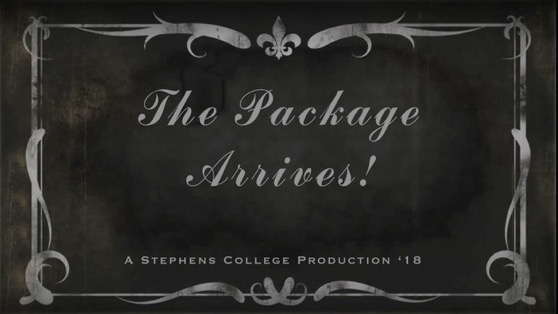





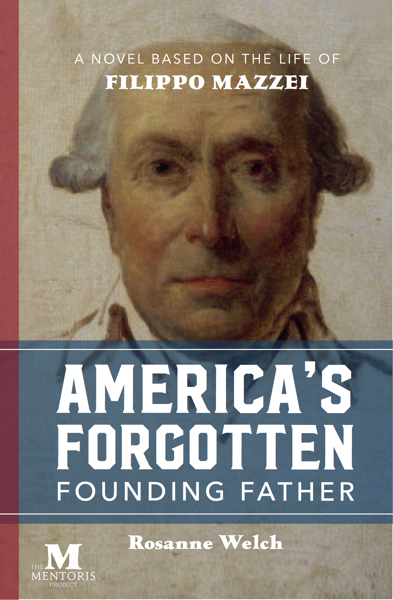
![17 Toxic Masculinity, Patriarchy and Doctor Who from Gender Diversity in the Who-niverse [Video] (1:20)](https://rosannewelch.com/wp-content/uploads/2018/06/gender-dw-17-toxic.jpeg)
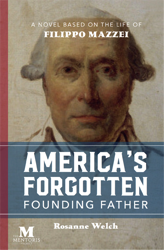
 Jefferson Library Collections including The Filippo Mazzei Archive
Jefferson Library Collections including The Filippo Mazzei Archive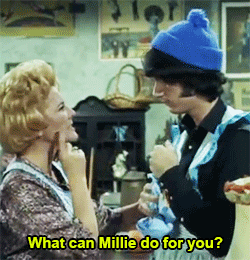
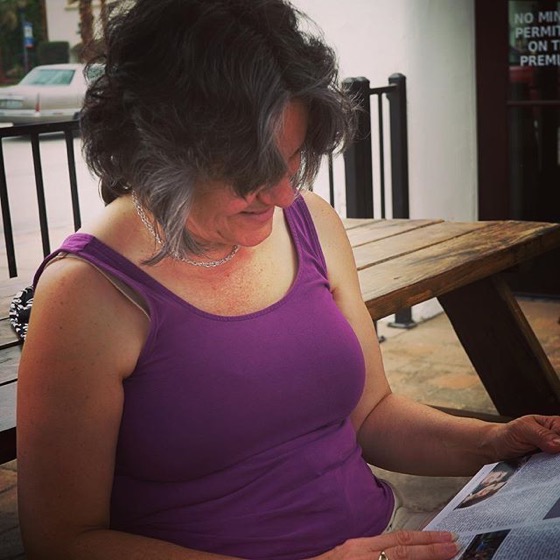
 and Follow
and Follow